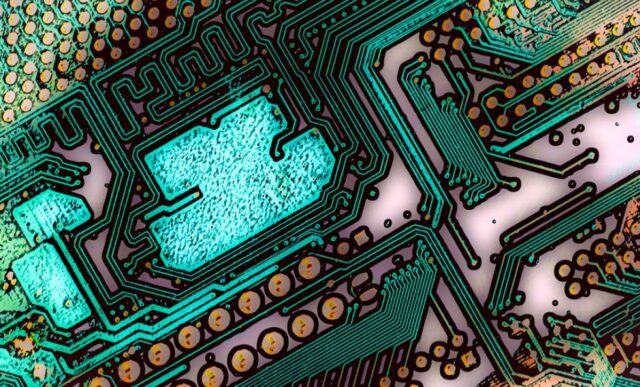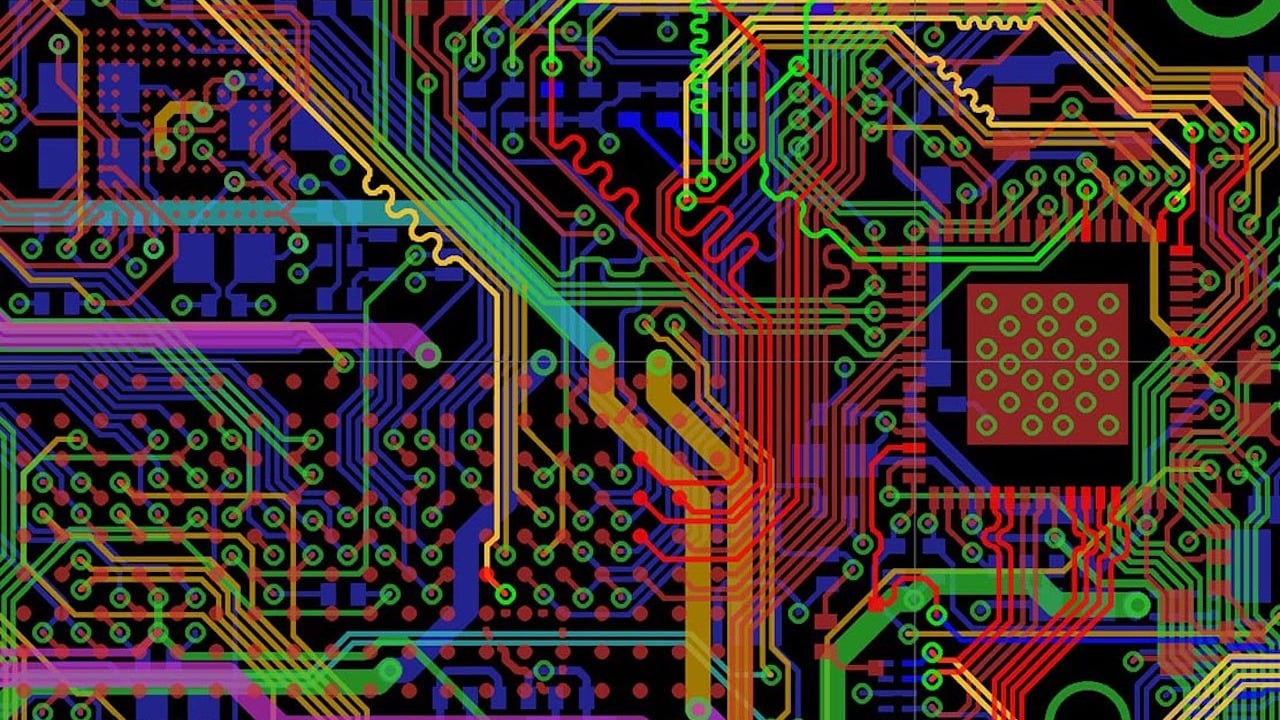
The world of PCB software introduces us to a diverse array of tools and technology that are essential for designing modern circuits. From schematic capture packages to automated routing solutions, PCB design engineers have an abundance of choices when it comes to their circuit design process.
This article will explore the various types of PCB software available today, providing an overview of their capabilities so that designers can make informed decisions about which tool is right for them. With this knowledge in hand, it’s possible to create highly efficient and reliable circuits that meet all desired specifications.
So let’s take a look at some of the options out there and see how they can help bring your projects up to speed!
Understanding the Benefits of PCB Software Tools
In the world of PCB software tools, understanding the benefits is key for modern circuit design. With today’s highly advanced technology, it has become easier than ever to create intricate and complex designs, but knowing which tool is right for your project can be a difficult task.
From ease of use to accuracy of results and cost efficiency, there are numerous advantages to using PCB software tools. Designers can quickly produce their desired product with the help of these powerful programs that provide an array of helpful features such as drag-and-drop functionality and auto-routing capabilities.
Additionally, many software packages come equipped with libraries full of components already configured in various sizes and shapes allowing designers to easily select from pre-configured parts instead of creating each component separately. PCB software also offers users greater flexibility when making changes or additions during development stages by providing visual representations that allow them to see how their board will look before committing any physical changes.
Furthermore, 3D model simulations give engineers the ability to test out their boards without actually having built them first so they know what works best in advance while minimizing time spent on trial-and-error prototyping techniques. Finally, by utilizing PCB software tools you can save money by avoiding costly redesigns due to errors made during assembly or fabrication processes since all mistakes would have been identified beforehand through simulation testing before production runs.
All these factors make it clear why PCB software tools are vital for modern circuit design projects; they not only save time but also help prevent costly mistakes that could otherwise occur if manual methods were used instead
Exploring Types of Circuit Design Software

Modern circuit design requires specialized software tools. From simple drag-and-drop simulations to more complex designs, PCB software is essential for creating printed circuit boards (PCBs).
Exploring the world of PCB software reveals a variety of types and functions designed to help engineers create intricate electronic circuits. When looking at different types of circuit design software, it’s important to understand how they can benefit projects.
Some programs are ideal for beginners who want something easy to use but with enough features to get started quickly. Other programs offer advanced technologies such as schematic capture or 3D rendering that make designing sophisticated systems easier than ever. There are also packages tailored specifically for prototyping and production testing, allowing engineers to test out their ideas before committing them to production models.
In addition to these standard features, many modern PCB design suites come with additional tools like integrated auto-routers, real-time error-checking capabilities, and support for various component libraries that streamline the entire process from concept through completion. Designers have access to powerful simulation engines that can provide detailed feedback on a proposed layout in just minutes – helping them save time and money while ensuring their products meet all relevant safety requirements before being sent off for fabrication.
No matter what type of project an engineer is working on, there’s likely a set of tools specifically designed with those goals in mind – making it easier than ever before to explore creative options without sacrificing functionality or reliability along the way!
Analyzing Features and Capabilities in Modern PCB Programs
When it comes to designing modern printed circuit boards (PCBs), the right software is essential for success. Analyzing Features and Capabilities in Modern PCB Programs helps engineers, designers, and hobbyists alike make informed decisions about the best software for their projects.
By understanding what each program offers — from schematic capture to simulation tools — designers can select a product that will meet their needs while staying within budget. At its most basic level, any PCB design tool should include features like component libraries and drawing tools for creating schematics.
However, more advanced programs may offer additional capabilities such as 3D visualization of components or signal integrity analysis with impedance calculations. Having access to these specialized features can help create better designs faster than traditional methods.
Whether youre an experienced engineer looking to upgrade your existing workflow or a beginner just starting in the world of PCB design, assessing available options is key to making sure you get the right software package for your project’s specific requirements. From feature comparison charts to online reviews from other users, there are plenty of resources available when researching different programs on the market today.
Exploring all of these elements ensures that no matter which PCB program one chooses, one has a good foundation upon which to build great circuits now and in the future!
Examining Popularity and Use Cases for Electronic Design Automation (EDA) Solutions

In the last decade, Electronic Design Automation (EDA) solutions have become increasingly popular for PCB software. With such a wide range of software tools available, it can be difficult to determine which one is best suited to your needs.
In this article, we examine the popularity and use cases for EDA solutions in modern circuit design. First and foremost, users must consider what their project objectives are when selecting an appropriate EDA solution.
There are many different types of EDA solutions on the market today and each has its strengths and weaknesses depending on the type of project youre working on. For example, some EDA solutions specialize in providing complex simulations while others offer powerful visualization features that allow designers to create beautiful 3D models quickly and easily.
It’s important to understand how these features can benefit your particular project before making any selection decisions. Another key factor to consider is ease of use when evaluating an EDA solution for your projects.
Many companies offer user-friendly graphical interfaces with drag-and-drop options that make designing circuits simpler than ever before – even if you don’t have extensive experience or knowledge of programming languages like Verilog or VHDL. Additionally, advanced simulation capabilities like signal integrity analysis provide valuable insight into potential problems during design which can save time later on down the line by reducing errors caused by inadequate testing before production runs of boards or components being manufactured at scale.
Finally, pricing should also be taken into account when selecting a suitable E
Conclusion
PCB software has become an invaluable tool in today’s world of circuit design. It allows designers to simulate, inspect, and analyze their designs from the comfort of their computers.
With PCB software, modern engineers can quickly develop new ideas and refine existing ones without ever having to leave the office. By utilizing this powerful technology, users can save time and money while creating reliable circuits that meet all industry standards.
As PCB Software continues to evolve with advances in technology, it remains a key part of any successful circuit designer’s workflow.







